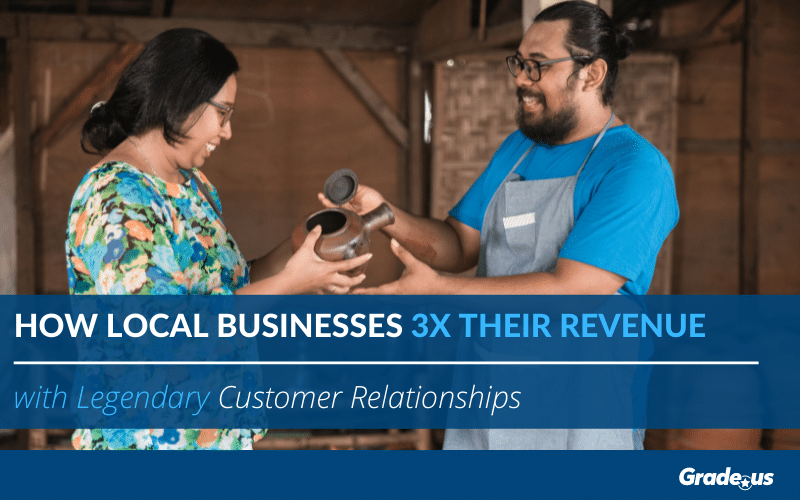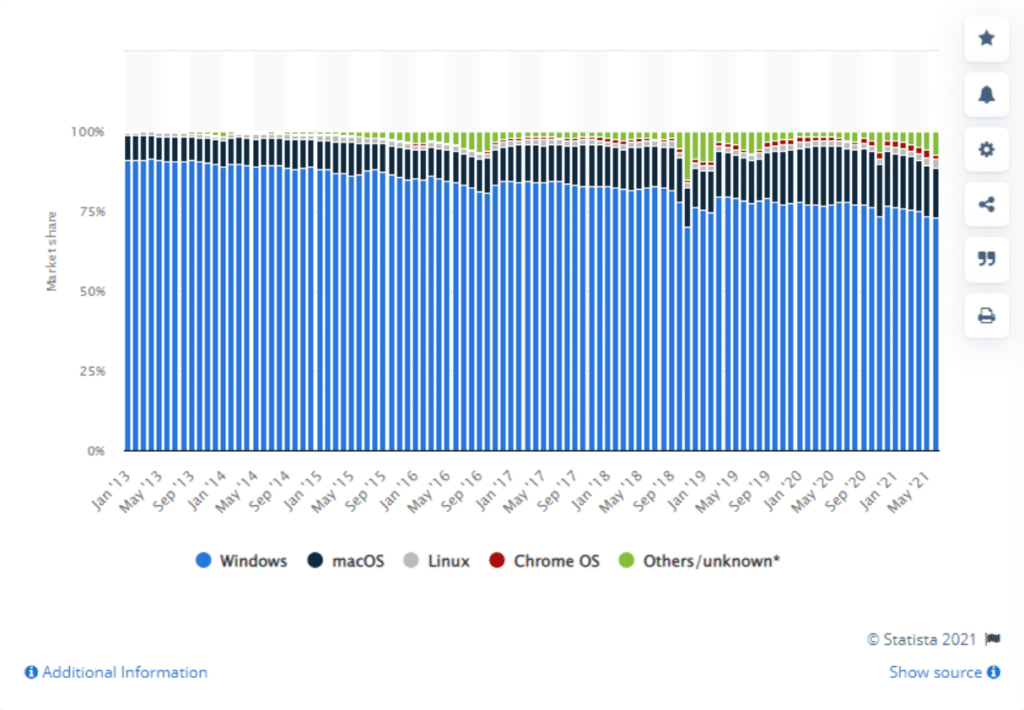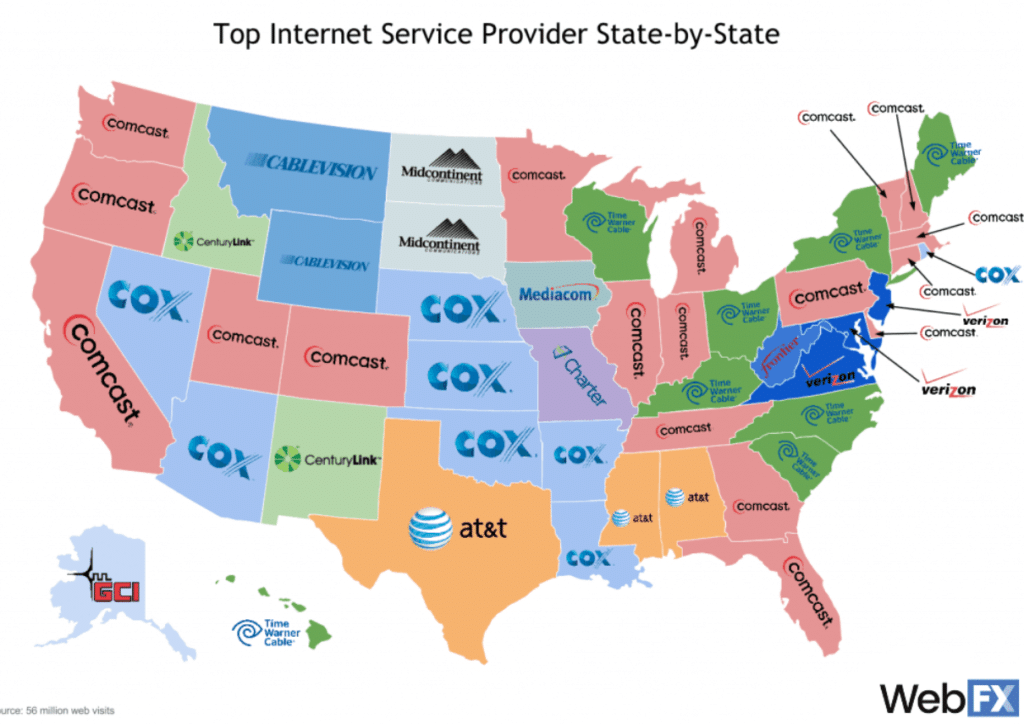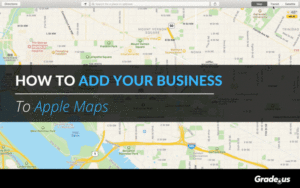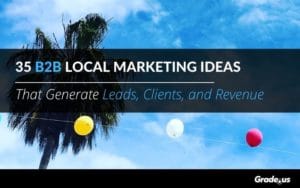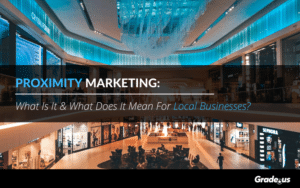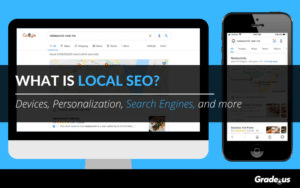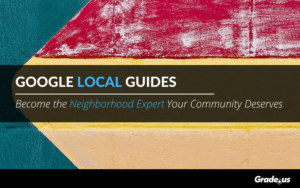Updated 12/21/2021
Can you get this level of commitment from customers?
The kind where customers name their children after your products or tattoo your logo on their arms and legs? You may not want customers to do these things specifically; if you’re like most businesses, you want customers to express this kind of passion and love for your business.
Is it possible for local businesses?
Absolutely.
Today, we’ll look at a few examples of brands that generate this kind of intense commitment and trust from customers.
Do customers want a relationship with your local business?
Let’s take a look at the data for a more precise answer.
With engagement, Salesforce found that:
- 68% of customers expect brands to demonstrate empathy
- A minority, 37% of customers, say brands generally demonstrate empathy
- 66% of customers expect companies to understand their unique needs and expectations
- On 34% of companies treat customers as unique individuals
With customer service, Zendesk found:
- Participants ranked customer service as the #1 factor impacting brand trust
- 62% of B2B and B2C customers purchased more after a good customer service experience
- 66% of B2B and B2C customers stopped buying after a bad customer service experience
- 88% of customers have been influenced (for/against) by an online customer review
See where I’m going with this?
Empathy, trust, engagement — these are all the symptoms of good relationships. Believe it or not, local customers want to see that they can trust and depend on your business. If you have a good relationship with customers, you typically have one of two kinds of relationships.
- Constrained relationships. I have to stay in this relationship
- Dedicated relationships. I want to stay in this relationship
These two types of relationships are empirically verified and oriented around the factors (intrinsic or extrinsic) that motivate customers to stay.
1. Constrained relationships: I have to stay.
These relationships keep customers glued to your business, even when customers aren’t emotionally bonded to your business. A constrained relationship has three main ingredients.
- A desire to be in control. Customers want to maintain the status quo. Doing that keeps them in control and free from pain.
- Loss aversion and regret avoidance. Customers feel intense psychological pain from losing things they value or experiencing regret. Naturally these are powerful motivators.
- Sunk costs. Customers are motivated to maintain the status quo if they’ve spent a considerable amount of time or money on your product or service. The greater the psychological cost, the more likely customers are to stay.
What does this look like?
A. Microsoft Windows market share: There are many options, but most PCs rely on Windows to function. Customers often run into trouble with Windows, but that hasn’t impacted their dominance negatively because most of the PCs in the world, in various verticals — business, finance, gaming, networking, etc., use Windows.
B. Internet provider market share by state: Many people are unhappy with their providers, but they’re stuck for the time being.
Constrained relationships keep customers connected to your business, but it isn’t enough to create an “enviable” relationship with customers.
You’ll need to create…
Dedicated relationships: I want to stay.
These relationships create emotional bonds that are deeply satisfying. They develop naturally when the right emotional incentives are in place. It’s no surprise then, that loyalty flows naturally from these relationships.
Which factors are most important?
- Admiration. This means customers admire what you stand for, who you are or what you do. How do you cultivate admiration in someone else? You do admirable things – serving in ways that matter to your audience.
- Benevolence. Customers see that you’ll provide them with the care, guidance and protection they need. You’ll act in their best interests.
- Expertise. You’re able to deliver the outcome or results you’ve promised, the way you promised. You deliver on time, at the price you promised, going above and beyond to surprise and delight your customers.
- Integrity. When the thoughts, feelings, words and actions of your business align. This shows customers you can be trusted giving them peace of mind and self-forgetfulness.
What does this look like?
A: Customers fighting over an iPhone
Apple customers are passionate.
As we’ve just seen, adults are so passionate about Apple’s products they’re willing to fight over them.
What about kids?
Kids love visiting the Apple store. In fact, these kids love Apple products so much that they’re often unwilling to go to the bathroom. A former Apple Genius shared his story:
"Going through my old photos from when I worked in Apple retail years ago and came across this gem, the kid's table piss ball. I had almost forgotten that little tidbit of knowledge I had learned from the job. Apparently, when kids are really into a game they will often choose to just pee in their seat without stopping what they're doing. The result? Squishy black ball seats. I had never really believed that kids would do this until I walked by while they were retiring one of the balls one night."
It’s not like these kids haven’t played video games before.
They definitely have.
It was something about Apple’s products, how they tailored their experience to specific audiences, that made their products so enthralling.
B. Customers showing off their Harley-Davidson tattoos.
At one point in their history, Harley-Davidson was facing bankruptcy. There was a real question of whether or not the company would survive.
Harley-Davidson relied on local communities to survive.
In 1983, Harley-Davidson established the Harley Owners Group (HOG) to build loyalty and cultivate a certain kind of lifestyle. HOG built itself up locally, chapter by chapter, bringing Harley-Davidson back from the brink of bankruptcy. It turned the brand into a lifestyle customers are passionate about.
Harley-Davidson survives today because of the local HOG chapters that keep the business alive in their communities. Each chapter is filled with passionate customers, eager to spread the word about Harley-Davidson.
Today HOG has more than 1 million passionate members and 1400 chapters worldwide. Each of these local chapters is active in their communities. They sponsor events, offer exclusive products, and fund charity drives in their local communities worldwide.
Harley-Davidson customers stay because they want to. HOG members stay because they have to because they can’t get the exclusive benefits, the camaraderie, and support of the community without their membership.
C. Millennials are naming their kids after IKEA products
That’s right.
These millennial parents are naming their children after popular IKEA products. The top names listed include Malm, Tarva, Stig, Ingo, and Mydal. There seems to be an overlap — millennial values and IKEA seem to mesh well.
This isn’t a Scandinavian thing either.
If it were, these millennials could simply look for Scandinavian names or approach someone from the country directly.
No, this is about IKEA.
This is a good indicator that we’re dealing with a dedicated relationship.
You're a local business; none of this matters to you
This is great and all, but things get dicey when it’s time to apply all of this, especially if you’re a small business operating at the local level.
Ah, but it does.
As a local business, this is even more important. Bigger brands (like the ones I’ve mentioned above) don’t have to take these steps to build dedicated or constrained relationships. In fact, many don’t; they simply throw money at the problem using advertising or direct response campaigns.
It’s a great short-term solution, but it’s not ideal for the long term.
This brings us to you.
How do you create this kind of relationship with your customers?
Great customer relationships begin with a moat
Warren Buffet popularized the idea of an economic moat. An economic moat makes it difficult for customers to leave and even more difficult for competitors to attack your business.
It shows customers they need you more than you need them.
But what do these moats look like?
- The brand moat. With the brand moat, customers are willing to pay more for your product or service because of what they get in return (e.g. prestige, reputation, quality, etc.).
- The secret moat. Intellectual property – copyrights, patents, trademarks, trade secrets – anything that fits into these categories makes it difficult for competitors to compete with you. Amazon’s one click, Google’s search algorithm and KFC’s secret recipe are all secrets.
- The toll moat. This means you have exclusive control over a market or niche. You’re the only game in town so if customers want it, they’ll have to come to you. Moz created the Mozscape Index, a list of all the sites their search engine has indexed. Competitors attempted to copy their secret sauce but only Moz has Mozscape.
- The switching moat. Businesses with a strong switching moat are tangled up in their customer’s daily life. Google offers more than 250 products for free. Amazon continually adds free products and services to Amazon Prime. Customers fill these services with their data, making a separation incredibly difficult.
Did you catch the secret behind these moats?
It’s ideas.
All of these moats start with an idea. Once these ideas are implemented, they morph into something powerful.
They give you an opening.
The opening you need to create enviable customer relationships.
- Zappos created strong dedicated relationships with their 365 day return policy. Customers didn’t have to stay, they chose to, they saw that Zappos cared deeply about them. About their happiness.
- Apple used both dedicated and constrained relationships. They used branding and advertising to create products customers would pee their pants to use, then they created a media ecosystem that requires iTunes, their proprietary software.
- Meta uses constrained relationships to grow. Social media sites are a dime a dozen. New ones come and go, and each time they’re announced, early adopters decide to leave Facebook. Just one problem; their friends and family didn’t follow them. This means these early adopters are probably going to come back to Facebook. They’ll never leave so long as their social network is active on Facebook.
- Hyundai used the Great Recession to create an army of dedicated loyalists with the Hyundai Assurance program. It went like this. Buy a Hyundai. If you lose your income in the next year, you can return the car, no hassle, no fuss.
That’s the secret.
How are local businesses supposed to create a moat in their neck of the woods?
It’s simple.
You use the can’t/won’t principle.
What’s that?
Peter Thiel, co-founder of PayPal, mentioned his formula for creating value. According to Thiel, this formula produces enormous value for the companies that use it.
Here it is.
- Create X dollars of value for others.
- Capture Y percent of X.
Can you see what this value formula is really based on?
It’s the can’t/won’t principle.
The can’t/won’t principle is a simple way to add tremendous and lasting value to those around you. Using this principle, you can increase your value in your customer’s eyes, even if you’re running a B2B company.
The premise is simple.
Create value by doing what other local businesses can’t or won’t do.
Here are a few examples:
- Restaurants can: Open earlier, close later, deliver freshly prepared meals in 50% less time. Amplify the customer experience using exclusive offers, secret entrances, secret menus, or special VIP events.
- Hotels can provide: Complimentary tickets to nearby attractions and events. Create more on-site amenities (e.g., dry cleaning for business customers, pool attendants); hair, salon, make-up services, babysitting services, etc.
- Contractors can offer: Macro-level items like service-level agreements, warranties, and guarantees. Meso-level services like guaranteed response or completion times and budget caps. Micro-level services like having all of your electricians wear disposable boot covers when they enter your home.
- Staffing agencies can: Make a bold, specific promise to attract higher quality employees (i.e., all of our jobs start at $65K per yr). They can then make a bold commitment to employers (i.e., hire our temps; they’re the top 10% of the local market).
See what I mean?
This is doable in every industry regardless of the size of your local market.
Just use the formula.
Look for ways to create value — do what your competitors can’t or won’t do, something that carries an enormous amount of weight or importance with customers. Then, once you’ve created an idea, tell everyone about it; include it in your marketing, advertising, and collateral.
Share the good news with prospective customers.
This is how extraordinary companies 3x their revenues.
Legendary companies do it, you can too. It’s intimidating and risky. But these enviable relationships are available to anyone.
Small, local business can't have these relationships
That’s the fear at least.
The usual objection goes like this: There aren’t that many local businesses using these strategies to develop relationships.
Here’s why.
When businesses use these strategies well, they don’t stay a “local” business for long. They become a regional, national or international business.
How do I know?
Dominos Pizza. They originally catered to college students. Cheap food for hungry college students. Things went well at first. Then they built their business around a single idea.
30 minutes or it’s free.
Their business exploded, growing from two stores in 1967 to 200 stores in 1978. All because of an idea.
Customers admitted the food was bad; in fact, so did executives. But their idea created a constrained relationship. The offer was too good for hungry college kids to pass up.
3x your revenues with the can't/won't principle
You can build strong, value-driven relationships with your customers, the kind where customers tell anyone and everyone they meet about your business.
The can’t/won’t principle is how you do it.
It’s the secret that motivates customers to name their children after your products or tattoo your logo on their arms and legs. It’s the secret that inspires this kind of passion and love for your business.
Wouldn’t it be wonderful if customers trusted you implicitly, never haggling or complaining about price? With the right idea, customers will beg and fight for the opportunity to work with you. Create the right idea, and you’ll have an army of eager, passionate customers – no haggling or complaining required.

